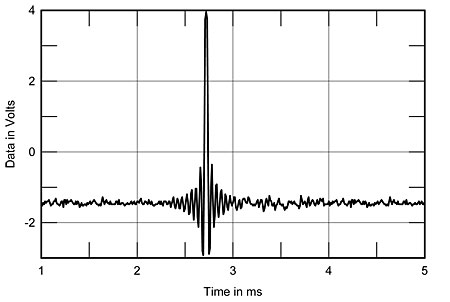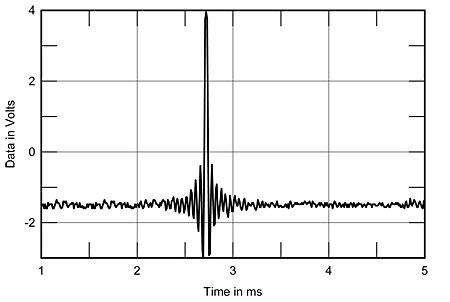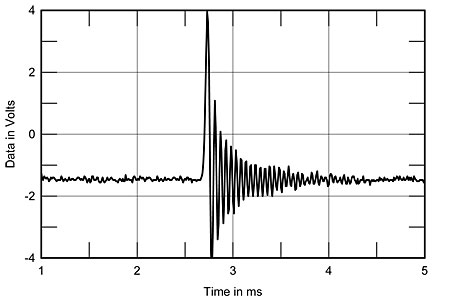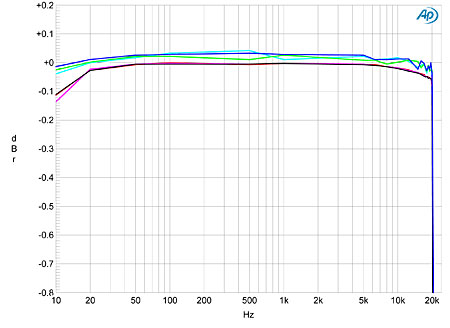| Columns Retired Columns & Blogs |
dCS Puccini SACD playback system dCS Puccini v1.20 firmware upgrade
dCS Puccini v1.20 firmware upgrade, October 2010 (Vol.33 No.10):
Footnote 1: This was actually the beta release of the v1.20 firmware, termed by dCS v1z20. The formal release will be available by the time you read these words.
Since I reviewed this $17,999 SACD/CD player and the matching $4999 U-Clock for the November 2009 issue, it has been my workhorse for both reviewing duties and listening pleasure. The U-Clock's ability to accept USB data in an asynchronous manner has allowed playback of computer files via iTunes, using the Pure Music front-end app, to equal the sound of optical discs in my system. High-resolution downloads—such as John Butt and the Dunedin Consort's new recording of J.S. Bach's B Minor Mass (24-bit/88.2kHz FLAC, Linn Records), and the 2007 recording of Stanford's Songs of the Sea by Richard Hickox conducting the BBC National Orchestra of Wales, with solo baritone Gerald Finley (24-bit/88.2kHz FLAC, Chandos/HDtracks)—have filled my listening room with high-end sound and my heart with high-end music.
But with regular CD playback, a small voice at the back of my mind kept reminiscing about the sound of the Meridian 808i Signature CD player, which I'd reviewed in April 2009. The Meridian had featured Peter Craven's so-called "apodizing filter," which replaces the usual time-symmetric, linear-phase, low-pass digital reconstruction filter, with its pre- and post-ringing on transients, with a minimum-phase low-pass filter whose first null is at the original Nyquist frequency. This kills all the ringing from the original A/D converter, replacing the preresponse ringing with postresponse ringing from the new filter. As this new ringing is both natural (in that it occurs after the event) and takes place entirely within the human auditory system's masking time interval, the data would be audibly cleaner.
I had had the Meridian in my listening room for about a week after I received the review sample of the Puccini, and even though I didn't feel its bass had quite the tautness of the dCS's, there was something very right about how the Meridian 808i reproduced recorded soundstages.
Once someone does something of benefit, it's never very long before others do likewise. In spring 2009, Ayre Acoustics introduced what they called the "MP" upgrade for their C-5xe universal and C-7xe CD players. This offered both a minimum-phase filter similar to Meridian's, as well as one with a slower rolloff that Wes Phillips felt sounded better, and that is also available in Ayre's QB-9 USB-input D/A processor. When I visited dCS in summer 2009 to get background on my then-forthcoming review, digital engineer Andy McHarg told me that he was investigating different digital filters, some of which would be incorporated in a firmware upgrade for the dCS players.
When I reviewed the Puccini, it was running v1.12 of the firmware. Last April I received an early version of the v1.2 firmware, in the form of a Zipped WAV file (footnote 1). The firmware upgrade is performed by burning the unpacked WAV file to CD-R, then playing it in the Puccini. The process is pretty much automatic, though it does take about 30 minutes.
The v1.2 upgrade eliminates the very low-level, low-frequency idle tone I had found with SACD playback in my review (see fig.5 in the "Measurements"), and also fixes a couple of operational issues. But what I was most interested in were the new low-pass filters available for CD playback and external 44.1kHz-sampled data. (A decade ago, audio writer David Rich predicted that, eventually, reviewers would be listening only to different digital filters!)
Three new filters are available; the Filter option in the Settings menu now has a menu allowing the user to choose between the four DSD filters already available and the three new DSP filters. Pressing Filter on the remote control shows on the Puccini's display which filter is being used; subsequent button presses cycle through the different filters.

Fig.1 dCS Puccini, CD playback with Classic filter, response to single sample at 0dBFS (4ms time window).
The first of the new filters, Classic, has the same linear-phase characteristic as the earlier filters. Fig.1 shows its measured impulse response: ignore the oscilloscope's LSB toggling; the pre- and postringing actually show the coefficient values of the Finite Impulse Response (FIR) filter.

Fig.2 dCS Puccini, CD playback with Long filter, response to single sample at 0dBFS (4ms time window).
The second filter, Long, is said to have better anti-imaging performance than Classic. Its impulse response (fig.2) reveals that it, too, is a symmetrical FIR type, and it doesn't look much different from Classic on the scale this graph was taken.

Fig.3 dCS Puccini, CD playback with Asym filter, response to single sample at 0dBFS (4ms time window).
The final filter, Asym, is free from preringing (fig.3) but has a larger degree of postringing. Its impulse response looks very similar to those of the Meridian and Ayre filters.

Fig.4 dCS Puccini, CD frequency response with Classic (left channel blue, right red), Long (left cyan, right magenta), and Asym (left green, right gray) filters (0.1dB/vertical div.).
Fig.4 shows the frequency responses of the four filters, taken with 500Hz-spaced spot tones in the 1/3-octave below half the sample rate to reveal the differences. (Note this graph's much-expanded vertical scale.) To my surprise, there was virtually no difference in the responses of the three filters: Classic (blue and red traces), Long (cyan and magenta), and Asym (green and gray). What surprised me even more was that there was a difference between the left and right channels. The right channel (red, magenta, and gray traces) started to smoothly roll off above 8kHz, reaching –0.05dB at 19.5kHz. By contrast, the left channel (blue, cyan, green) was flat to 20kHz, but with small ripples evident. I checked the impulse responses for both channels with all three filters and they were all correct, so I'm not sure what is causing this difference. No audible problems should result from this interchannel difference.
And what matters, of course, is how these filters sound. To cut a long story short, I could hear no substantive difference between Classic and Long. In either A/B comparisons or over extended periods of listening, the Puccini's sound remained pretty much as described in my original review: superb midrange clarity and definition, and a spacious, well-defined soundstage, though the latter didn't bloom quite as fully as it did with CD data upsampled to DSD and played back with DSD Filter 1.
But with the Asym filter, the picture changed. While I still couldn't hear any difference in direct A/B comparisons, longer-term listening revealed that the Asym filter was close to what I remembered of the Meridian 808i Signature player's sound. Individual acoustic objects were that bit better modeled and less like theatrical flats on the soundstage, and there was a greater ease to the sound.
While writing this Follow-Up I was mixing my recording of Attention Screen's April 2010 concerts at the Yamaha Artists Services Salon, and the rendered 16-bit/44.1kHz versions of the mixes sounded, in terms of the spatial relationships between the instruments, a little closer to the original 24-bit/88.2kHz files when played on the Puccini with the Asym filter. I suppose you could say that the music flowed more easily, or even made more sense, though I am loath to ascribe musical values to sound quality (pace Michael Lavorgna).
The v1.20 firmware update takes the dCS Puccini's performance even further into Class A+ territory. It continues to offer the best digital playback I have heard in my system.—John Atkinson
Footnote 1: This was actually the beta release of the v1.20 firmware, termed by dCS v1z20. The formal release will be available by the time you read these words.
- Log in or register to post comments




































